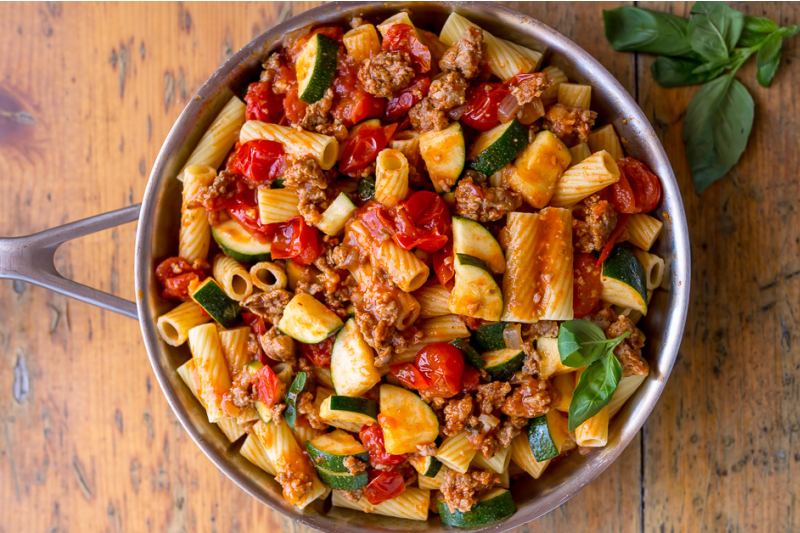
Post Ride Awesomeness In Less Than 20 Minutes
By Tom Danielson, Owner and Coach-CINCH Cycling Do you ever get back from a ride and have no idea what to eat? You’re dazed, you’re tired, and your brain is doing that
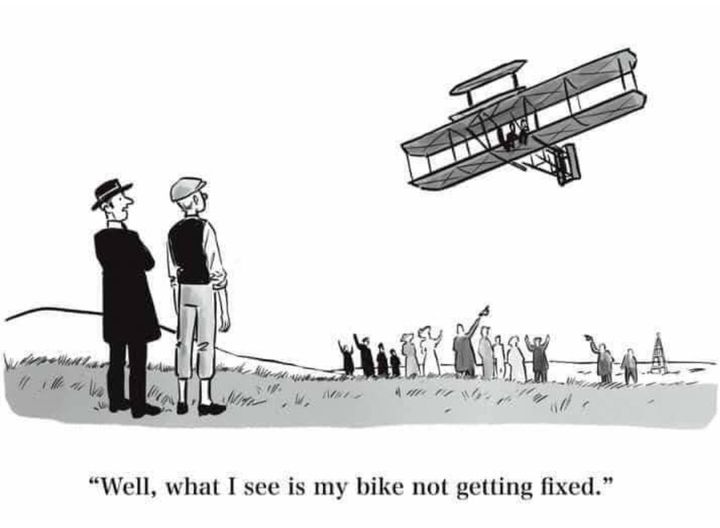 Wright Cycle Company, selling and repairing bicycles in Dayton, Ohio. While the Wright brothers operated multiple locations, the most historically significant was the final one at 1127 West Third Street, where they conducted their initial aviation experiments and built the first successful airplane, the 1903 Wright Flyer.
Wright Cycle Company, selling and repairing bicycles in Dayton, Ohio. While the Wright brothers operated multiple locations, the most historically significant was the final one at 1127 West Third Street, where they conducted their initial aviation experiments and built the first successful airplane, the 1903 Wright Flyer. The very first human-powered land vehicle, the “Draisine” or “running machine,” was invented 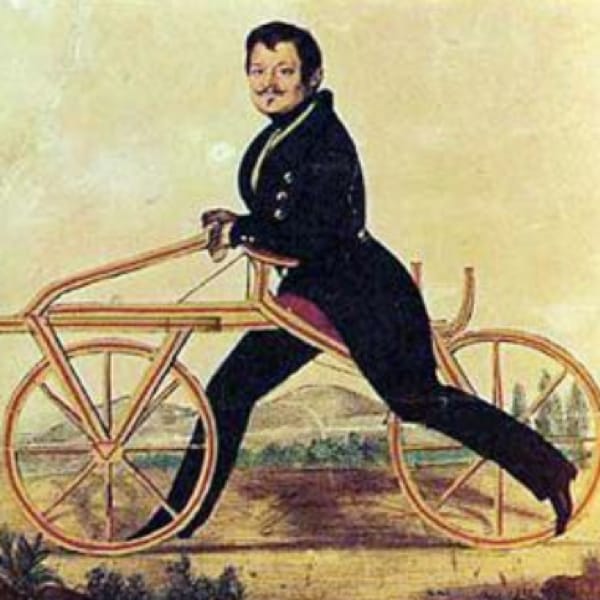 in1817 and was made entirely of wood, requiring riders to push off the ground to move. The rider sat astride the machine and propelled it by pushing their feet against the ground, introducing the concepts of balance and steering that led to the modern bicycle. Though the original draisine was a fleeting fad, its design provided a crucial foundation for later innovations, such as the boneshaker.
in1817 and was made entirely of wood, requiring riders to push off the ground to move. The rider sat astride the machine and propelled it by pushing their feet against the ground, introducing the concepts of balance and steering that led to the modern bicycle. Though the original draisine was a fleeting fad, its design provided a crucial foundation for later innovations, such as the boneshaker.
A ride on a draisine inevitably resulted in dirty clothes and shoes. Draisine users, moreover, had to brake with their feet against the ground, which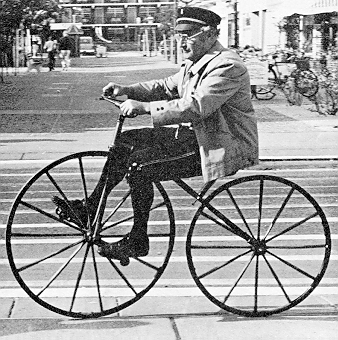 resulted in quickly worn-out shoes. Such problems were solved in 1861 by the French maker Ernest Michaux. He added a couple of pedals to the front wheel and, a few years later, also a pair of brakes: the bicycle was born. Because of the irritating vibrations produced by the wheel impact with the ground, the bicycle was also known as the “boneshaker.”
resulted in quickly worn-out shoes. Such problems were solved in 1861 by the French maker Ernest Michaux. He added a couple of pedals to the front wheel and, a few years later, also a pair of brakes: the bicycle was born. Because of the irritating vibrations produced by the wheel impact with the ground, the bicycle was also known as the “boneshaker.”
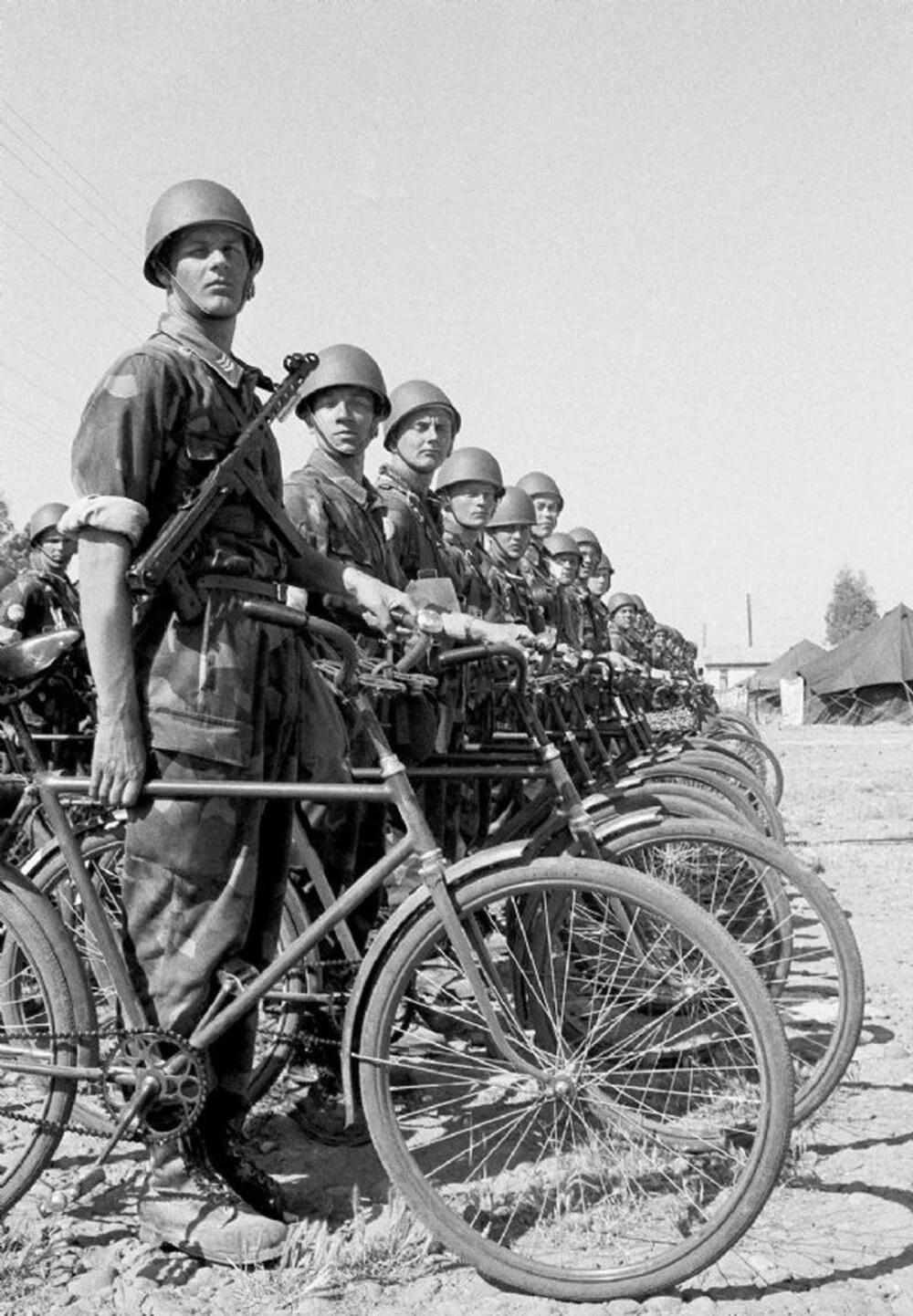 more prevalent. In World War II, although their frontline combat use was limited, folding bicycles were used by airborne troops, particularly by Canadian forces on D-Day, while Japanese forces utilized bicycle troops extensively in Asia. Bicycles remained a practical, cost-effective transport for essential services and civilian use in various nations due to their quiet operation, ability to carry loads, and independence from fuel.
more prevalent. In World War II, although their frontline combat use was limited, folding bicycles were used by airborne troops, particularly by Canadian forces on D-Day, while Japanese forces utilized bicycle troops extensively in Asia. Bicycles remained a practical, cost-effective transport for essential services and civilian use in various nations due to their quiet operation, ability to carry loads, and independence from fuel. The company Santos and the University of South Australia  built this bike in 2015. This bike was 135 ft, and 10.7 inches in length. Guinness World Records required the constructors to prove that the bike could travel a minimum of 100 meters, without riders touching the ground – which it could!
built this bike in 2015. This bike was 135 ft, and 10.7 inches in length. Guinness World Records required the constructors to prove that the bike could travel a minimum of 100 meters, without riders touching the ground – which it could!
The fastest speed ever recorded on a bicycle is 183.94 mph, achieved by Denise Mueller-Korenek in 2018 on a custom bicycle at the Bonneville Salt Flats. This record-setting ride was performed in the slipstream of a specially designed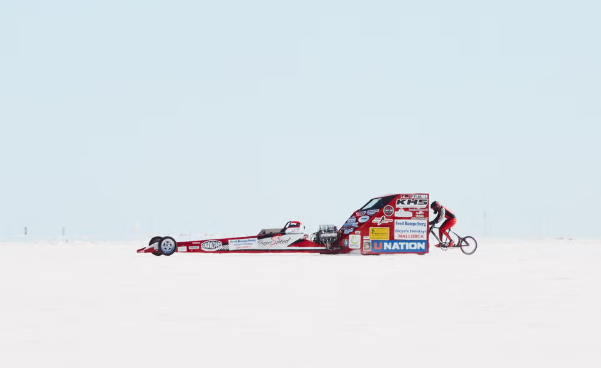 dragster, which significantly reduced aerodynamic resistance. She was tethered to the dragster to get up to 100 mph, where, because of the massive gear, she could disconnect the tether from the dragster to start peddling under her own power and remain in the slip stream reaching the top speed recorded at over 183 mph.
dragster, which significantly reduced aerodynamic resistance. She was tethered to the dragster to get up to 100 mph, where, because of the massive gear, she could disconnect the tether from the dragster to start peddling under her own power and remain in the slip stream reaching the top speed recorded at over 183 mph.
The longest continuous bicycle ride around the world was completed by Lael Wilcox in 2024, covering 18,125 miles in 108 days. This ride set a new women’s record for the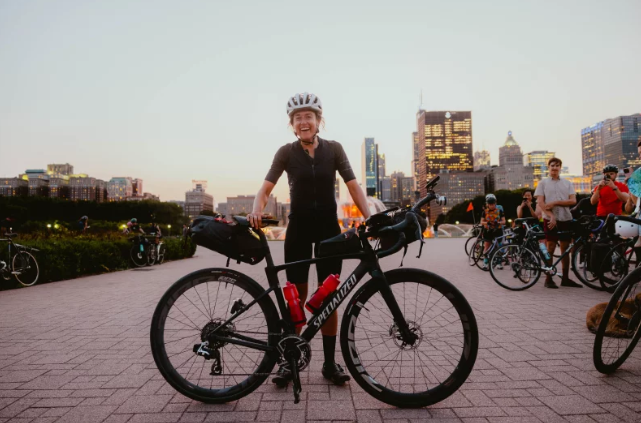 fastest circumnavigation of the globe by bicycle. She accomplished this averaging 166 miles per day, and sometime exceeding 200 miles. Her total vertical accent was the equivalent to climbing Mt. Everest 21 times.
fastest circumnavigation of the globe by bicycle. She accomplished this averaging 166 miles per day, and sometime exceeding 200 miles. Her total vertical accent was the equivalent to climbing Mt. Everest 21 times.
by Gary Robinson, AvidCyclist.com

By Tom Danielson, Owner and Coach-CINCH Cycling Do you ever get back from a ride and have no idea what to eat? You’re dazed, you’re tired, and your brain is doing that
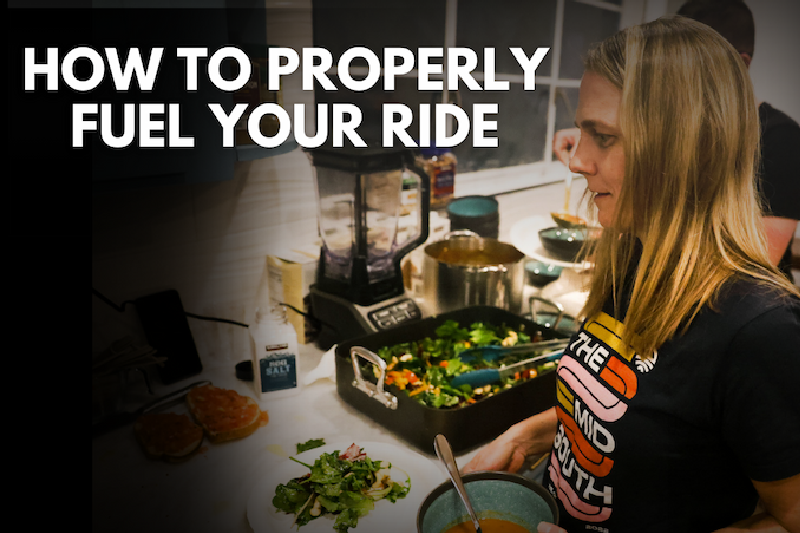
By Tom Danielson, Owner and Coach-CINCH Cycling Stop Obsessing Over Carbs Per Hour and Start Obsessing About This! In cycling right now, everyone is obsessed with carbs per hour. 90g per hour.

By Tom Danielson, Owner and Coach-CINCH Cycling This past weekend I spent some time in a fast group doing paceline work in extremely windy conditions. It was one of those

Grit, gravel, and adventure in the Arizona-Sonora borderlands. Race hard and experience the untamed beauty of BorderLands Gravel. November 15, 2025 There are rides that challenge your body, and then

You’re scrolling the comments under an article about a new bike lane and there it is: “No one uses them!” Or maybe you’re riding peacefully down a calm urban street when a

By Liam Mercer Stop slipping and start shredding with this guide to how it is done. At the best of times, roots are pretty hard work. They’re lumpy, hard, and